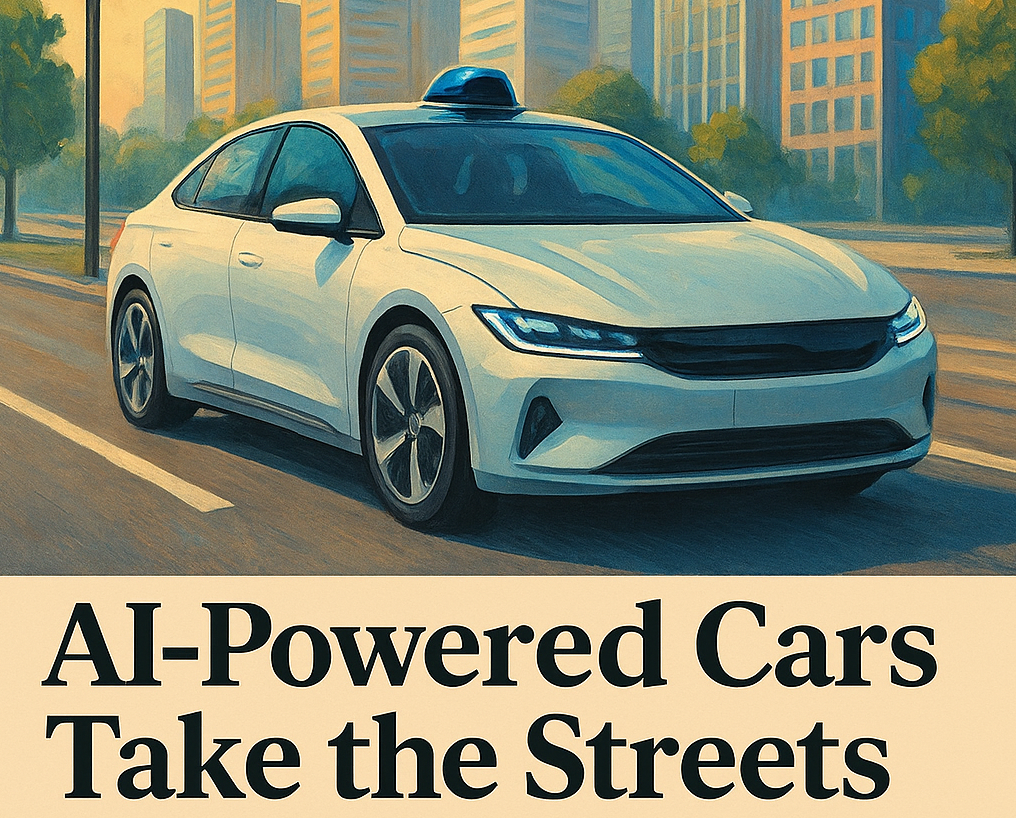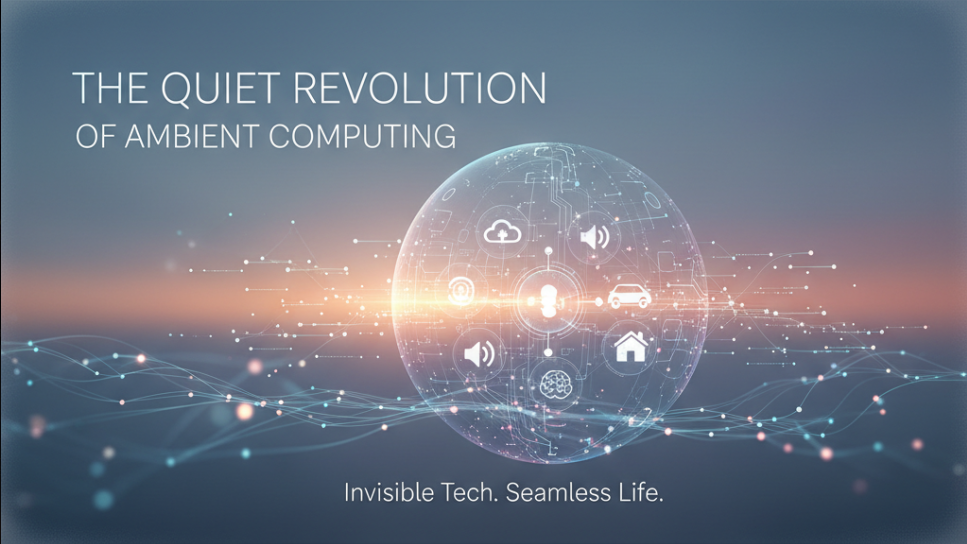In 2025, the transportation industry is experiencing one of the most transformative years in modern history. AI-powered cars, once a futuristic concept, are now becoming a common sight in major cities around the globe. From San Francisco to Seoul, autonomous vehicles are no longer test projects—they are part of the everyday commute. This marks a turning point not just for technology, but also for the way societies structure their cities, economies, and daily routines. Technology is reshaping urban mobility through innovation and advancements in technology.
The Role of Technology in Autonomous Vehicles
For years, developers promised safer and more efficient roadways with the rise of autonomous driving. Today, those promises are beginning to materialize. Thanks to breakthroughs in real-time machine learning, advanced LiDAR systems, and government-approved safety regulations, AI-driven cars can now handle unpredictable urban environments with impressive accuracy. Independent reports show a 42% decrease in traffic accidents in pilot regions where self-driving cars make up more than 30% of vehicles on the road, underscoring the role of technology in enhancing safety.
The environmental impact is equally significant. Since most AI-powered cars are built on fully electric platforms, their mass adoption is accelerating the transition away from fossil fuels. Cities like Copenhagen and Singapore have already reported measurable reductions in carbon emissions since integrating autonomous fleets into public and private transportation. Experts predict that by the end of 2025, global CO₂ emissions from road travel could decline by as much as 12% compared to pre-autonomous levels, highlighting how technology can drive positive change.
The integration of technology in this field is crucial for future advancements.
For commuters, the shift is life-changing. Instead of focusing on the stress of traffic, passengers are free to transform their travel time into productive or leisure hours. Remote workers often use commuting time for meetings, while others simply relax, watch movies, or even nap during the ride. Surveys conducted in early 2025 reveal that 67% of daily users feel “less stressed and more efficient” thanks to autonomous vehicles.
Still, the driverless revolution brings challenges. One major concern is employment: millions of professional drivers, from taxi operators to truckers, face uncertainty about their future. Governments across Europe and Asia are introducing retraining programs, aiming to redirect workers toward AI maintenance, logistics coordination, and software supervision roles. Meanwhile, ethical questions remain about how AI systems should make split-second decisions during unavoidable accidents. Policymakers and developers are working together to draft clear accountability standards, but debates are ongoing.
Despite these concerns, the momentum is undeniable. Industry analysts estimate that over 15 million AI-powered vehicles were registered worldwide in the first quarter of 2025 alone. By 2030, this number could surpass 150 million, fundamentally reshaping urban infrastructure, insurance industries, and even real estate, as parking lots and gas stations slowly lose relevance.
As the year progresses, cities are adapting to this new reality. Dedicated “AI lanes” are appearing on highways, charging stations are expanding at record speed, and tech companies are racing to enhance software updates that improve safety and efficiency. What once seemed like science fiction is now the everyday reality for millions of people, and 2025 will be remembered as the year humanity truly embraced the era of driverless mobility.
A journalist tracking down the truth in the digital age. Helping you see beyond the headlines. Always here for a discussion. I am also a monkey.











